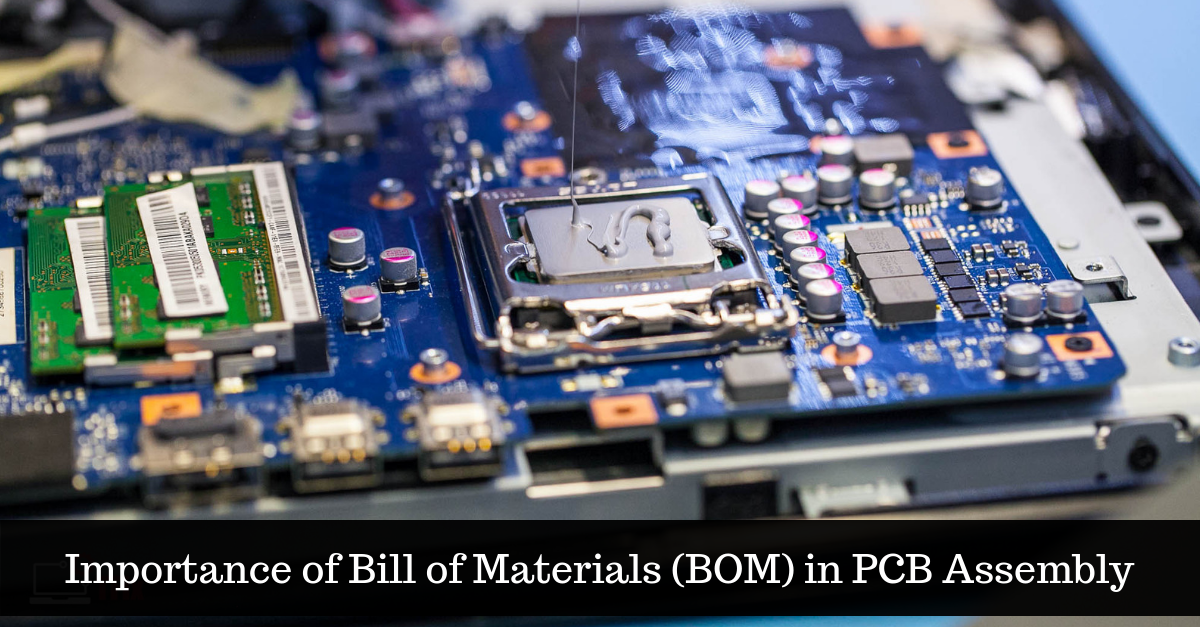
Importance of (BOM) bill of materials in PCB Assembly
BOM is the acronym for “Bill of Materials”. A bill of materials (BOM) in the PCB manufacturing industry is a list of raw materials, components, and parts required to manufacture a complete circuit board. It primarily comprises part numbers and names, and quantity. It may also have the manufacturer or supplier name, a column for additional features and a comments section.
It is important to create an accurate BOM, especially if you are handing the job of PCB assembly to PCB manufacturer.
In general, the BOM list is mainly used for the procurement of components in the process of PCB model cloning. BOM helps in proper planning and smooth functioning.
If you are missing parts in your BOM, this could lead to
- Increase in cost and
- Delays due to the need to locate missing parts or alternative sources.
- Some components can get swapped on board
- Receiving boards full of errors that may not be rectifiable.
Essentials of BOM
There are many BOM formats out there catering to different purposes and requirements, depending on what it will ultimately be used for.
BOMs are usually broken up into several categories. Categorization makes it easy for vendors to find what their customer in their BOM.
Here is a high level list of information to include in your BOM record:
Reference Designator
This is how your components are uniquely identified on your PCB layout. For example, resistors are labeled R1, R2, etc. and integrated circuits will be labeled U1, U2 etc. In this way, BOM will allow you to easily cross-reference information between your BOM spreadsheet and PCB layout.
Component Values (Unit)
This is the unique value of your PCB components and will be specific to the part in question. For example resistance, capacitance and so on. Having this information organized up front will make it easy to find the right value for a part you are searching.
Manufacturer’s Part Number
The MPN is the unique identification number provided by a component distributor. This information alone is what you or your manufacturer will need when ordering a PCB part, so it’s super important to make sure these numbers are accurate and up to date.
Quantity
Record the number of parts to be used in each PCB assembly or subassembly to help guide purchasing and manufacturing decisions and activities.
Description
The description is basically for further information. It is usually not necessary, but if you are handing the BOM over to a purchaser, they may be able to use this information to find alternative parts if the part is out of stock.
Package Type
The package refers to the body type that houses the component which is generally standardized for simplicity. Whether it’s 0603, 0805 for SMT passives or SOT-123 or QFPs for semiconductor parts, the package gives a general idea of the size and shape of the part and it can also be helpful when you are laying out the PCB, as you’ll know what kind of footprint to use.
Conclusion:
Creating a bill of materials is not only a necessary step in the PCB development process; it is also what makes your product design a reality. Different companies do BOMs in different ways, and different projects require different organization, information and other features. Customize your BOM according to the unique demands of your project.

